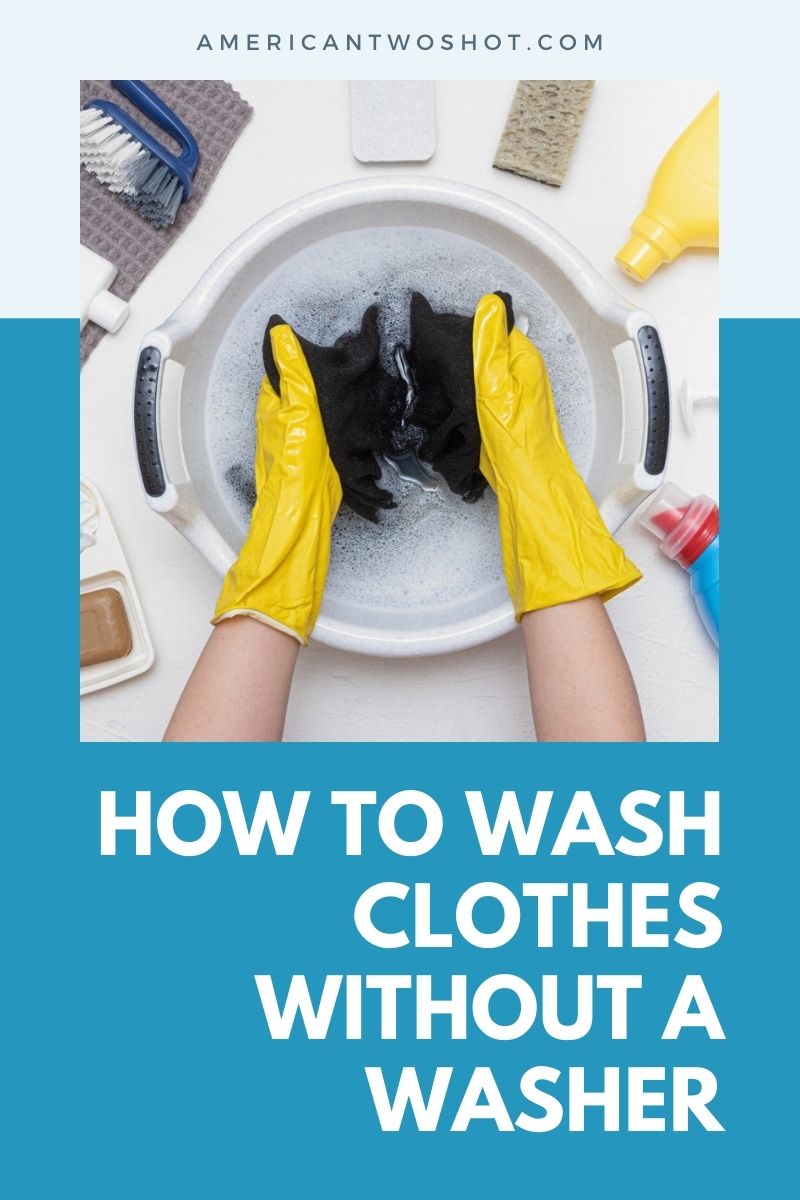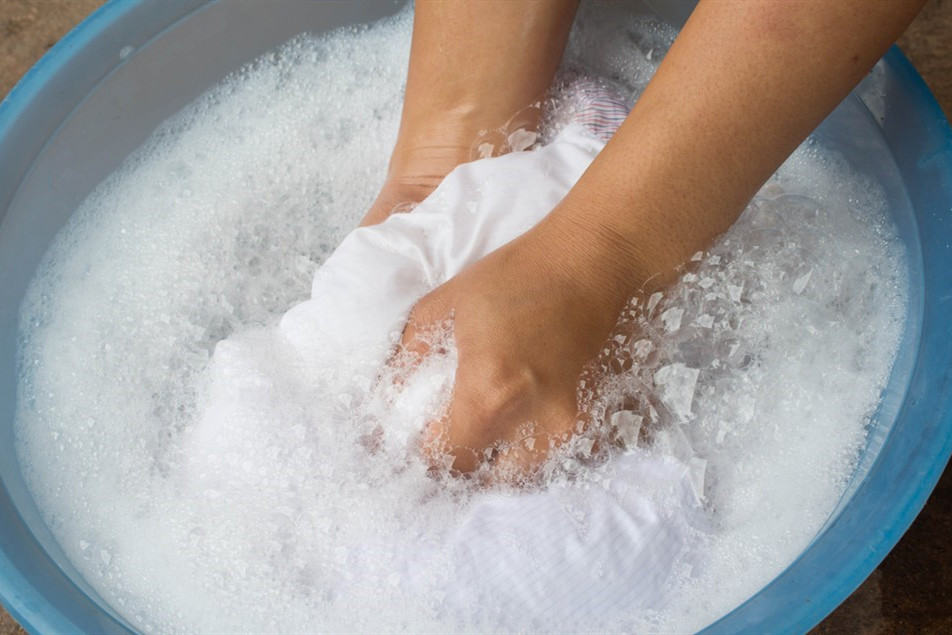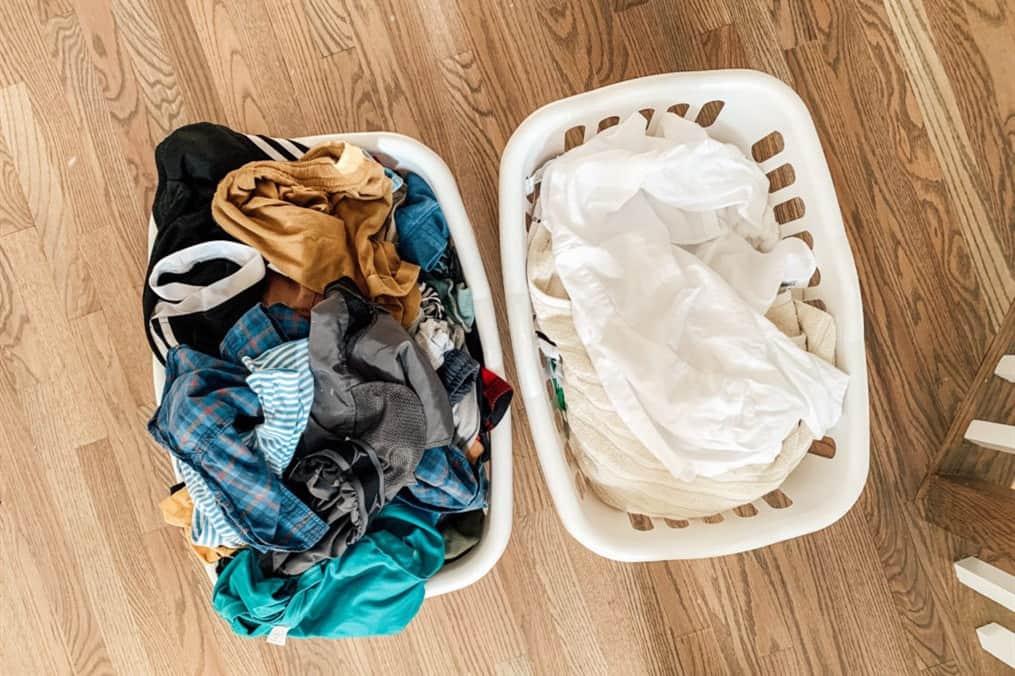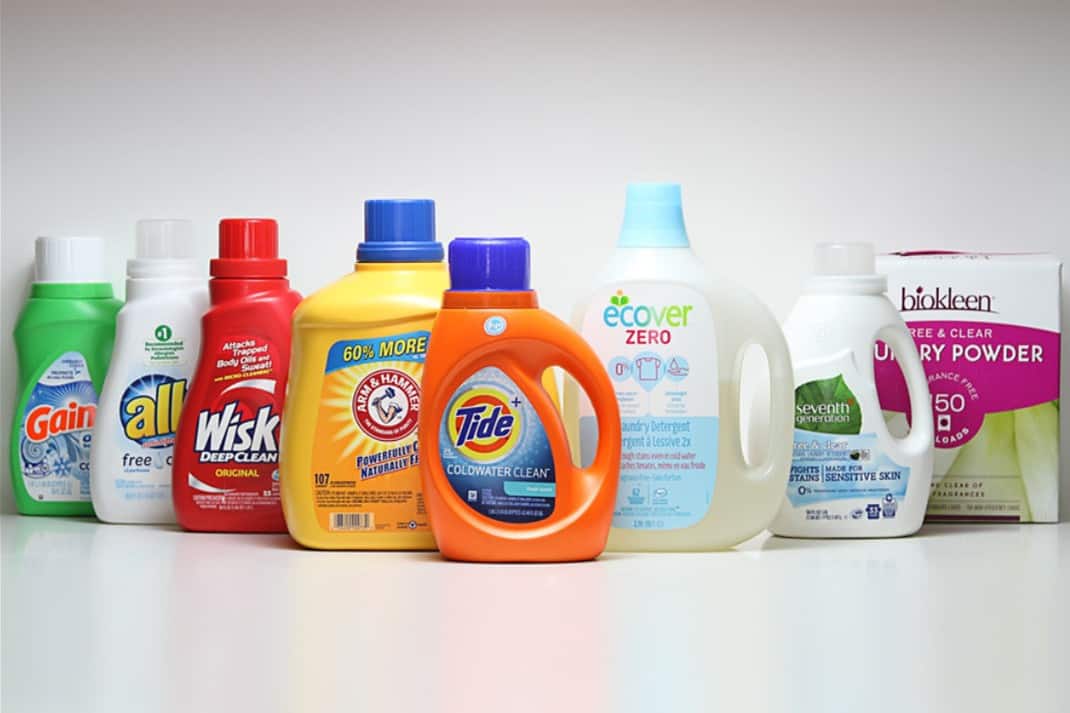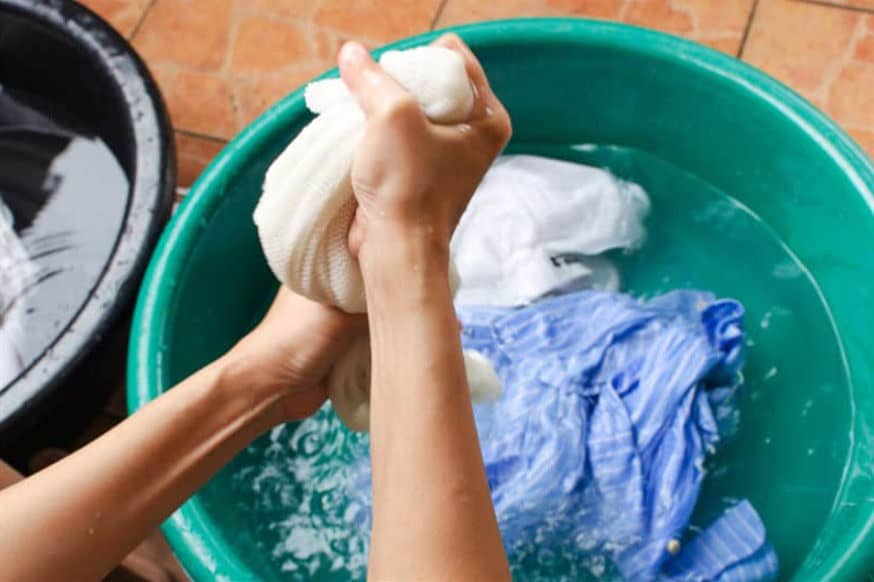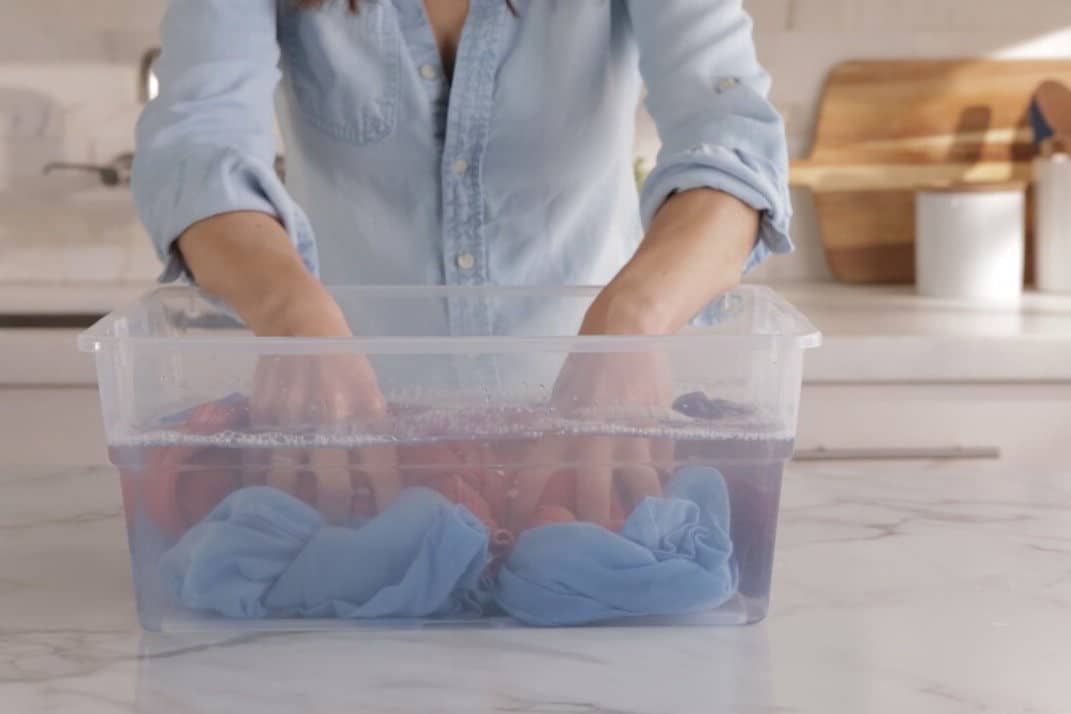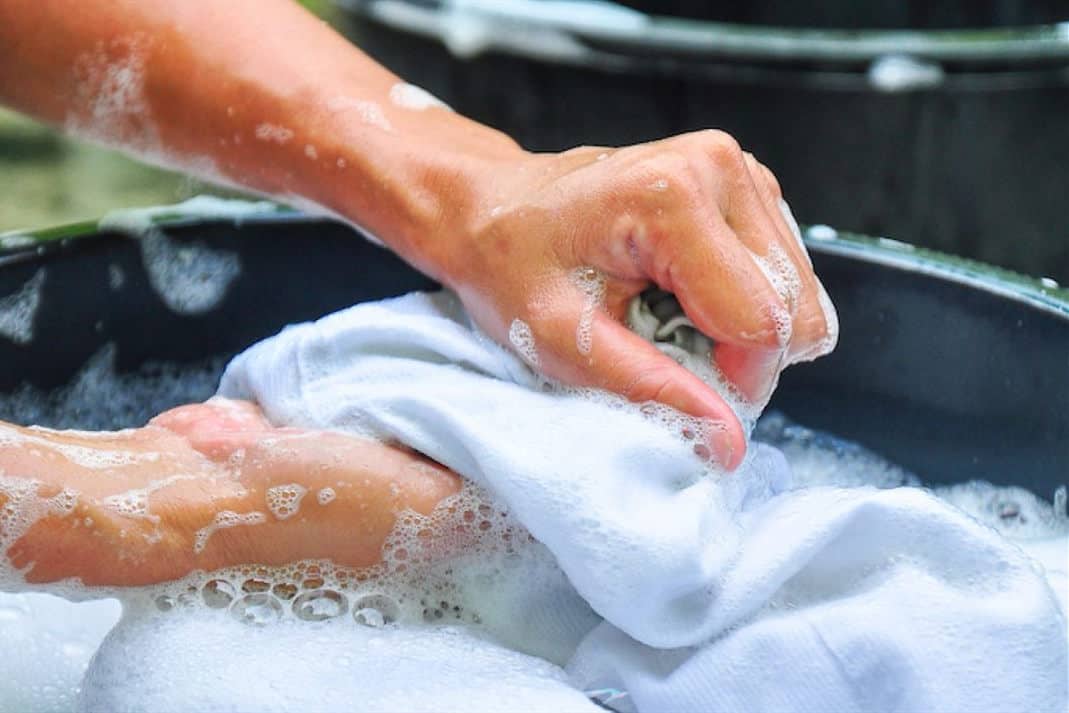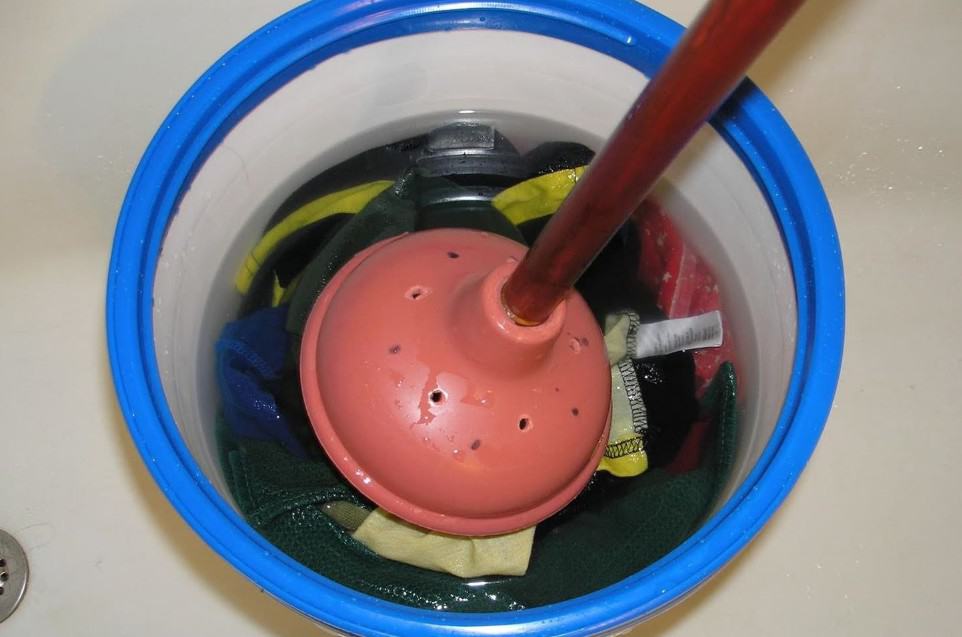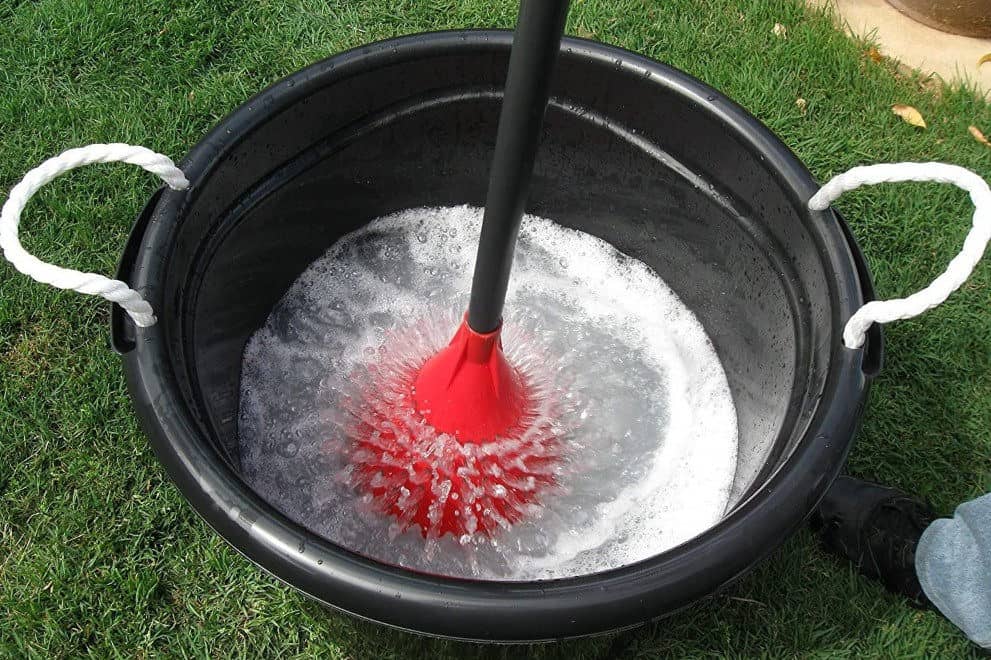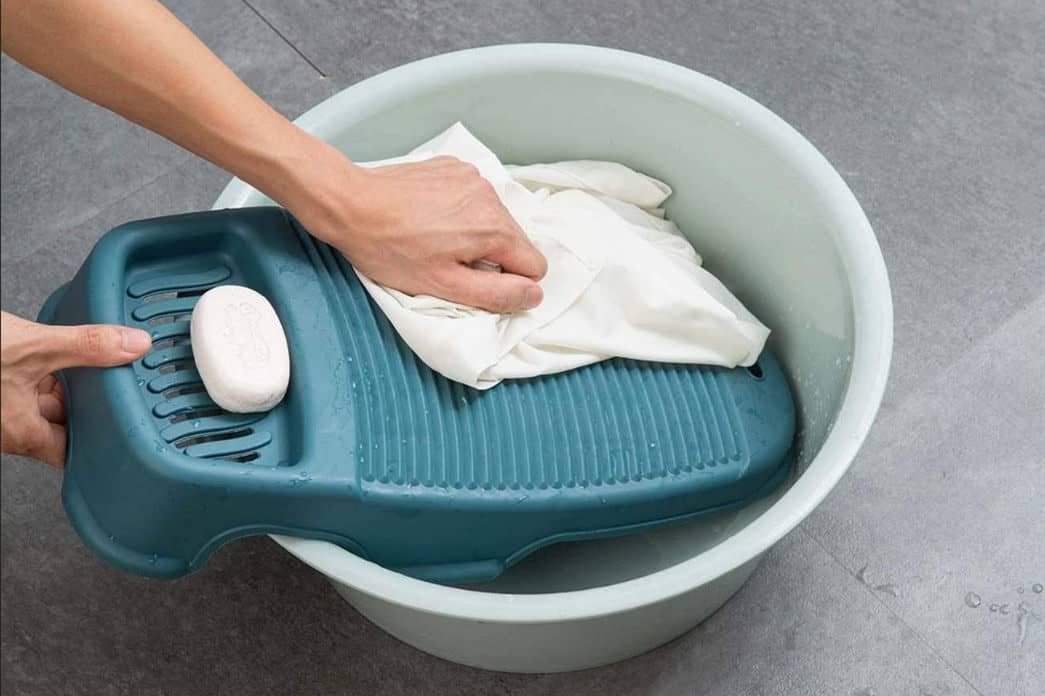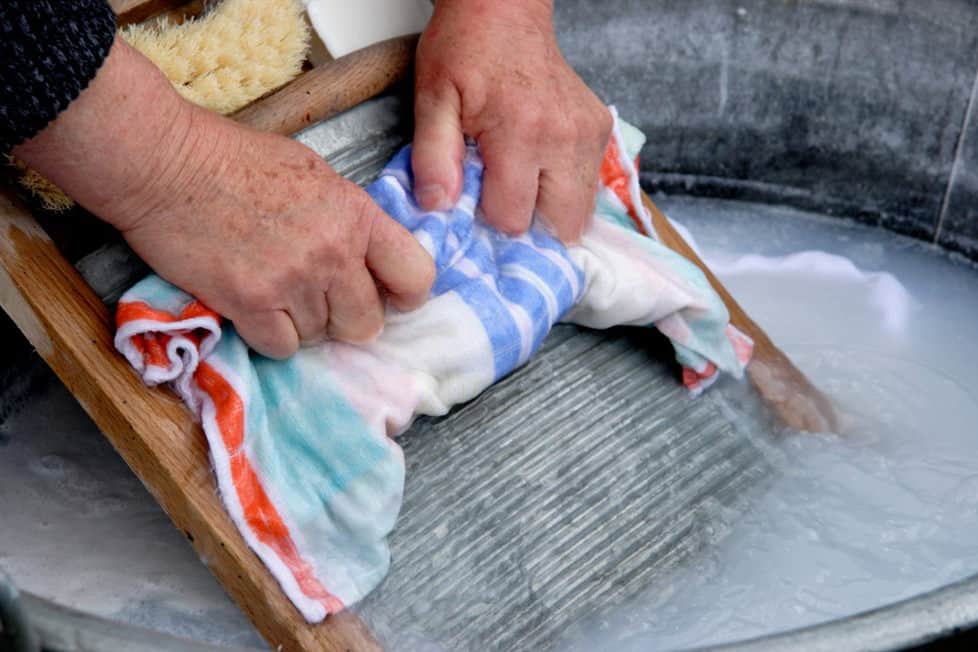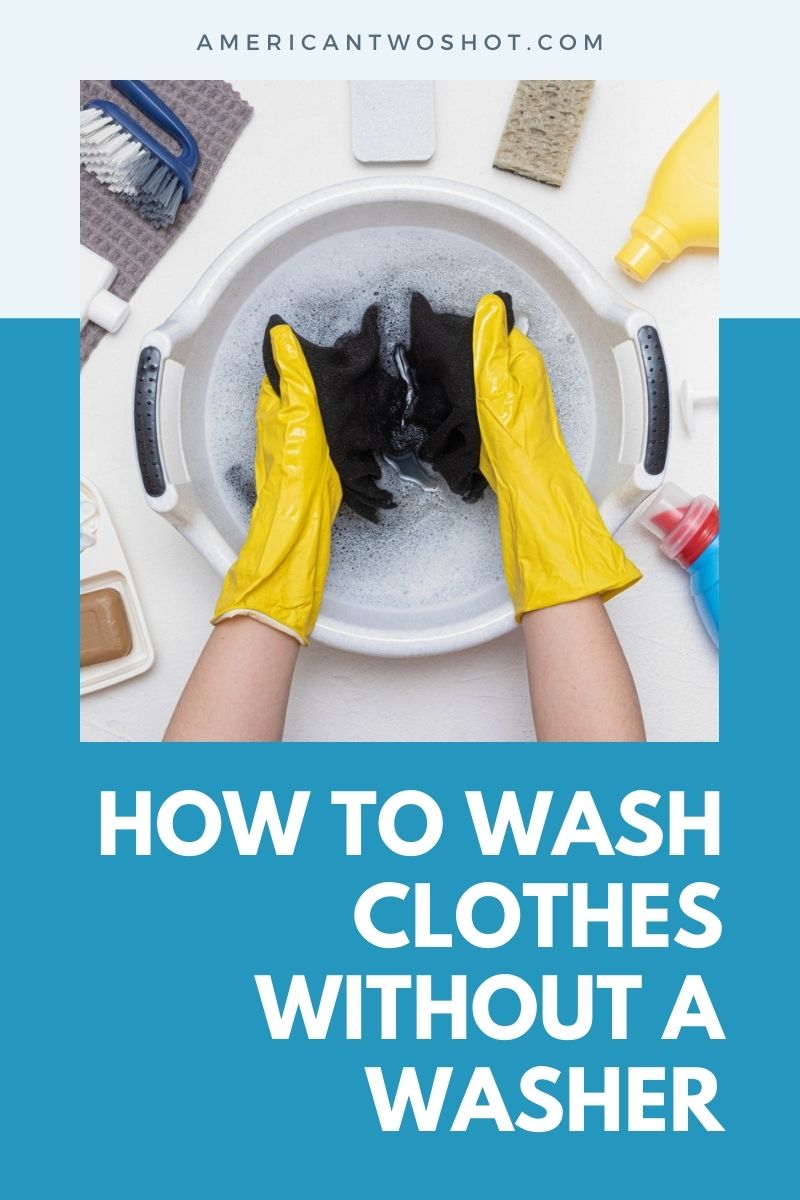More often than not, we use our washing machine in doing our laundry. Though common practice, this consumes power and increases your carbon footprint. If you want to cut energy costs while preserving your clothing, this guide will teach you how to wash clothes without a washer.
Can all clothes be washed by hand?
If you prefer not to use a washing machine, then washing by hand is your best choice. However, this poses a question if you can wash all clothes using this manual method.
Clothes are made of different materials which dictate the kind and level of care you have to give when washing these garments.
As a rule of thumb, check your garment’s label before doing the laundry. It’s a simple yet very useful step and prevents unwanted accidents such as discoloration from happening. Clothing tags tell you the temperature your garment can tolerate and other washing instructions — if it is only for dry cleaning or if it cannot be machine-washed.
Here’s a quick tutorial on reading clothing tags.
How do you manually wash clothes?
Doing your laundry manually is a good step especially if you are environmentally conscious and want to save a few bucks.
The first thing that probably would come to mind when talking about doing the laundry manually is washing by hand. Though the most common alternative, there are actually more ways on how to wash clothes without a washer.
In this comprehensive guide, we will list down easy and effective ways on how to wash clothes without a washer — and throw in some tips and hacks, too.
Before everything else, sort your clothes!
Regardless if you plan on washing with a washer or doing it manually, you should not miss this very important step: Sort your clothes!
Sorting your clothing is very crucial if you want to avoid accidents like discoloring your sparkly white shirt or ruining the quality of your favorite dress.
Segregate your clothes by color and fabric. Put together colors that are similar like whites in one pile and the same for bright-colored and dark-colored items. Also consider fabric types such as cotton, wool, or silk as they require different kinds of care.
Choose the best laundry detergent
As mentioned before, different fabrics require different care. Consider a laundry detergent that best fits the clothes you will wash. If you are just going to handwash garments that you use regularly, standard detergent should work just fine.
Delicate fabrics such as silk and white garments typically need a special detergent that won’t ruin the quality. Other than that, you can use commercial detergents you can find in your grocery stores.
Method 1: Wash clothes by hand
The most common alternative to washing clothes without a washer is doing it by hand. It is also considered the safest and most gentle approach as you get to control how you wash your clothes.
Step 1: Treat and remove stains.
Stains are such a pain when doing the laundry. It’s important to treat these stains right away to preserve the quality of your clothes.
Because you are handwashing, you can easily spot these stains and use a trusted stain remover to get rid of them. Soak your clothing into the solution of your choice and let it sit for a couple of minutes. The more stubborn the stain, the longer you have to soak it.
Once the stain is gone, squeeze out the liquid. For stubborn stains, you may need to scrub but that also depends if the fabric can handle it.
Step 2: Fill your basin with water.
Now that stains are out of the picture, you can already proceed to wash your clothes. If you have a basin, this will come in handy when washing your clothes by hand. Should a basin or container not be available, you can also use your sink or tub.
Fill that basin with water. Note that the water level should be about an inch or two above your clothes. With this, your clothes should be submerged completely.
Should you use hot water or cold water? It depends on your clothes. Again, check the clothing label! In a nutshell, hot water is good for white garments while cold water is recommended for wool, silk, and items with bright colors.
Step 3: Add detergent.
After filling your container with water, it’s time to add in your detergent. You can use powder or liquid depending on your preference.
Mix your detergent well with your water. If you are using powder, make sure that it is dissolved completely.
Step 4: Put your garment in the basin and let it soak.
Place your clothes in the washbasin and submerge them in the solution. Leave it to soak for at least 20 minutes and more if these are soiled.
Step 5: Swish swish swish!
After soaking, swish your clothes around using your hands. This motion is similar to how washers swish clothes around during a wash cycle.
After, rub your garment gently against itself to remove dust and dirt that have settled. You can agitate it in the water.
Be careful not to scrub or twist your clothes especially if they are delicate so as not to ruin the quality or stretch your clothes.
Step 6: Rinse until soap is removed.
If you are already satisfied with how clean your clothes look, it’s time to rinse off the detergent.
Drain the soapy water, fill your basin with clean water, submerge your garment, and squeeze it to remove suds. Do this twice or more until there are no more suds.
If there is a faucet available, you can put your garment directly under running water to rinse off the detergent.
Step 7: Wring and dry.
If your clothes can handle wringing, twist them gently to remove excess water. This makes it easier to dry. For delicate items, just lift them and squeeze out the water gently.
Lay down your garments to dry. You may also opt to line dry them by putting them on a hanging rack. It is best if you line-dry them outside to avoid making a mess on your floors as excess water tends to drip.
Watch this visual tutorial on how to handwash your clothing.
Method 2: Use a mobile washer
If there is no washing machine around and you don’t want to wash completely by hand, then you can use a mobile washer.
In case you are not familiar with a mobile washer, it’s an affordable tool that looks like a plunger that you can use with a bucket to do your laundry.
Step 1: Get rid of stains.
Just like when you handwash, treat stains before washing your clothes. You may use different chemical solutions to get rid of pesky stain spots.
Step 2: Fill your bucket with water and detergent.
After treating your stains, fill your bucket with water and add detergent. Remember that your clothes should be able to immerse completely in the water.
For powder detergent, make sure it is dissolved and water becomes soapy. If you are using liquid detergent, mix it well with water.
Step 3: Soak your clothing.
Put your clothes inside the bucket and allow them to soak to remove dust and dirt. How long the soaking time depends on how dirty your clothes are but 20 minutes should be enough.
Step 4: Plunge the dirt away.
After soaking, it’s time to put your mobile washer into use! Use your mobile washer like how you would use a toilet plunger. Put it on top of your clothing and plunge.
Move your mobile washer in an up and down motion for two minutes or more. This helps get the grime off your garments.
Step 5: Rinse to remove detergent.
Once you are happy with how your clothes have been washed, rinse off the detergent. To do this, drain the soapy water and put in clean water. Using your mobile washer, plunge it up and down to remove soap suds.
Do this twice or until there is no more soap left on your clothes.
Step 6: Wring your clothes then dry.
Similar to handwashing, remove excess water from your clothing then lay it flat or hang it to dry.
This demo video will teach you how to wash clothes without a washer using a plunger-like tool.
Method 3: Wash with a washboard
Before washing machines were invented, people were using washboards to do their laundry. Washboards are boards, typically made of wood, with corrugation used to make doing the laundry easier.
Washboards are not for all types of clothing, though. Continue reading to know why.
Step 1: Remove stains and color spots.
Before washing your clothes, make sure you eliminate stains from your garments. You can use different products to help treat stains.
Step 2: Put water and detergent in your basin.
How to wash clothes without a washer and using a washboard requires a basin to put your clothes in. The process is similar to handwashing.
Fill your basin with water and put in either powder or liquid detergent and mix the solution properly.
Step 3: Let your clothing soak.
Place your clothing in the basin and soak it for 20 minutes or more. If your clothes are too soiled, you may notice the water become dirty.
Step 4: Scrub using your washboard.
The main use of a washboard is it makes scrubbing dirt off easier. Hold your clothing and scrub it against the washboard. Do this until all parts of your clothing have been scrubbed clean.
As mentioned earlier, washboards are not for all types of clothing. This is because not all clothes can tolerate scrubbing. You may end up ruining delicate garments when you use a washboard.
Step 5: Remove the detergent by rinsing.
After your scrubbing spree, rinse the detergent off your clothes. Drain your soapy water and put in clean water. Gently twist your clothes to remove suds and repeat.
Step 6: Take out excess water and dry.`
Similar to handwashing, remove excess water from your clothing then lay it flat or hang it to dry.
For a visual tutorial, take a look at this video.
How often should you do the laundry?
Contrary to what most people think, you don’t have to do the laundry, whether clothes or sheets, every day. It depends entirely on the kind of item.
For intimates such as underwear, activewear, blouses, shirts, and tights, you need to wash them after every wear. This is because they are exposed to perspiration so you need to wash the sweat off.
Items like bras, sleepwear, camisoles, bottoms such as skirts and trousers, dresses, and towels can be washed after three wears.
If you use dish and hand towels, wash them at the end of the day. You can wash household items like bedsheets, pillowcases, and bath mats weekly.
Use other household items like rugs, shower curtains, blankets, and even outerwear for three months before washing them.
If you feel that your clothes and linens are dirty, though, then feel free to wash them.
Below is a quick guide you can use in doing your laundry. [How Often Should You Wash Clothes?]
| Frequency | Item |
| After every wear | Underwear, activewear, blouses, shirts, tights |
| After three wears | Bras, sleepwear, camisoles, skirts, trousers, dresses, bath towels |
| Everyday | Dish and hand towels |
| Every week | Bed sheets, pillowcases, bath mats |
| Every three months | Rugs, shower curtains, blankets, jackets and outerwear |
Learn how to wash clothes without a washer
If your goal is to cut on power costs and save money, then you can simply learn how to wash clothes without a washer. Even though it takes more time and energy on your part to do the laundry this way, it is relatively easy — plus, you get to preserve the quality of your clothes!

Jessica Oliver is a fashion enthusiast with more than ten years of experience in the industry. She previously managed her own clothing store in New York before becoming a mother of three. With a passion for sustainability and a desire to share clothing care and recycling tips.

